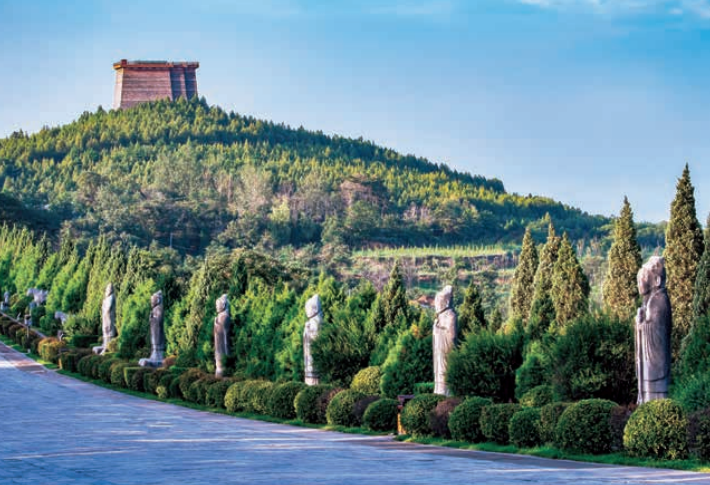The Imperial Tombs of Xianyang

Xianyang is an ancient city with a history spanning over 2000 years, showcasing the brilliance of Qin and Han cultures. Renowned for its exceptional fengshui, Xianyang is home to numerous imperial tombs, earning it the title of the Capital of China’s Pyramids. Additionally, Xianyang serves as a crucial gateway to China’s northwest and a significant node along the ancient Silk Road. It is the birthplace of Qin and Han cultures, boasting a splendid agricultural civilization. Following Emperor Qin Shi Huang’s unification of the country, Xianyang was designated as the capital, earning the esteemed title of China’s First Imperial Capital. In subsequent eras, various dynasties also considered Xianyang a pivotal region. The concentration of imperial tombs in Xianyang is unparalleled, and the number of funeral goods found here ranks first in China. Among the valuable artifacts are bronze vessels from the Western Zhou Dynasty, brick carvings from the Qin Dynasty, pottery figurines and jade carvings from the Western Han Dynasty, as well as tri-colored figurines from the Tang Dynasty. As a result, Xianyang is renowned as the Underground Museum of China. This ancient city stands as a witness to the splendor of ancient Chinese civilization and deserves to be cherished and protected.

Based on the Discover China series published by Beijing Publishing Group and Beijing Publishing House, this column integrates Chinese history, customs, traditional culture and artistic treasures to introduce China's ancient capitals, cultural landmarks, humanistic and natural wonders.
The editor of the Discover China series, Lin Detang, is the president of the Beijing Tourism Derivatives Association and a visiting professor at the School of Hotel Management of the China University of Labour Relations. Mr Lin has long been committed to theoretical research and entrepreneurial promotion of the integrated development of the cultural tourism industry.